Should Michelin ever be stuck for an idea for the next book in its popular I-Spy series, it could do worse than speed cameras.
There are about 20 types, both fixed and mobile, some more common than others. They are rarely far from the headlines, either, with the newest model, called the Redflex Hadecs 3 (‘Hadecs’ stands for Highways Agency Digital Enforcement Camera System), attracting more than its fair share of them in recent weeks.
At present, the cameras are confined to so-called ‘smart’ sections of the M25 between junctions five and six, near Clacket Lane services, and 23 and 27, between the A1(M) and the M11.
Many more will be installed over the next two years as the smart network, characterised by up to five running lanes, including the former hard shoulder, as well as variable speed limits, expands.
The advantage of a Hadecs 3 camera is that it can be mounted on a roadside pole and scan up to five lanes, whereas its predecessor, the Hadecs 2, which is still in use on motorways with variable speed limits elsewhere in the UK, can photograph only one lane and must be mounted on an overhead gantry.
Like the Hadecs 2, the Hadecs 3 cameras are painted an inconspicuous grey, rather than yellow, causing them to be branded ‘stealth’ cameras. (Critics seem to have forgotten that Hadecs 2 cameras are also grey.) They use a combination of radar and a system that monitors the variable speed limit applying at the time and alters the camera’s operating threshold.
Hadecs 3 cameras are permanently active, even when the variable speed limit returns to 70mph. It’s this feature that has caused concern among motoring groups. The Hadecs 3 cameras at Clacket Lane services on the M25 went operational on 22 October last year and, according to Kent Police, they had caught 1861 speeding motorists by 21 February.
However, because the cameras remain active when the variable speed limit is lifted, that figure included 799 motorists who had exceeded 70mph.
Keith Fairbank, a press officer at Kent Police, said it was likely that many more drivers had been caught exceeding the limit but that police had decided only to penalise the most serious offenders.
Guidance issued by the Association of Chief Police Officers (ACPO) is to prosecute in cases where the driver is caught exceeding the speed limit by 10% plus 2mph.
Ian Patey, head of profession for intelligent transport at Mouchel, a consultancy that advises the Highways Agency on installing and operating speed cameras on smart motorways, said the aim of the new Hadecs 3 cameras wasto help encourage motorists to adhere to the speed limits and to keep traffic flowing.
“The point of variable speed limits on smart motorways is to keep cars moving at a steady speed and avoid vehicle bunching, which causes congestion,” he said.
“The new cameras are painted grey, rather than yellow, so that motorists don’t see them and slow down, only to speed up again, causing bunching.”
However, Patey predicted speed cameras might one day give way to vehicle speed limiters.
“There are already systems such as adaptive cruise control in cars that can intervene to slow them down,” he said.
“I could see a time when speed limiters take the place of speed cameras on roads like smart motorways.”
Until then, motorists have not only the new Hadecs 3 cameras to contend with but also, on other roads, a host of equally effective, fixed cameras of varying shapes and sizes. Read on for our I-Spy guide to the most common.
Truvelo Combi Forward Facing
What is it?
A fixed, forward-facing speed camera but, unlike Gatso, it can be rearward-facing, too.
How does it work?
Four pairs of sensors in the road calculate the speed of passing traffic. Farther along the road, towards the camera, are three lines. If the sensors detect a speeding vehicle, it is photographed as it crosses the middle white line.
Did you know?
To avoid possible embarrassment, the photo will not be released to the driver without their permission.
Vector
What is it?
A form of average speed camera similar to Specs and officially known as a two-lane bi-directional ANPR (automatic numberplate recognition) camera.
How does it work?
It uses ANPR to identify vehicles and calculate their average speed between different camera locations. It can monitor up to two lanes, and lanes flowing in opposite directions. It is capable of working in all weathers and at vehicles’ maximum speeds.
Did you know?
Vector cameras are also used to monitor bus lanes, red lights, yellow box violations and parking infringements.
Truvelo D-Cam
What is it?
A speed and red light camera in one that can cover up to three lanes of traffic and be rear as well as forward facing.
How does it work?
When used as a traffic light camera, a set of sensors is buried before the stop line and three check lines are painted on the road after it. The middle line is located 750mm after the stop line. The vehicle’s front wheels fall into this secondary area to provide visual proof of the secondary check. An uprated version, D-Cam L, uses a laser to measure vehicle speed.
Did you know?
It can store 100,000 digital photos, as well as send images back to the control centre the moment they are captured.
Digital Specs
What is it?
It’s used to police average speed zones and is often seen mounted on gantries at the sides of motorways.
How does it work?
The system uses multiple installations along a road (a minimum of two) and ANPR (automatic numberplate recognition) technology to record passing cars and calculate their average speed. As a vehicle passes the first camera, an infrared photo is taken and the time recorded. As it passes the second camera, two photos — infrared and colour — are taken.
A computer analyses the photos to retrieve the registration plate. Another compares the times of the two infrared photos to calculate the vehicle’s speed between cameras. If it’s above the threshold, a Notice of Intended Prosecution may be sent to the driver, as with all speed camera violations.
Did you know?
Drivers believe they can dodge the cameras by changing lanes, but sometimes they are set to overlap. As a result, and because it’s not clear which cameras ‘clocked’ you in and out, it’s unwise to risk it.
Gatsometer Type 24
What is it?
A fixed, rearward-facing speed camera.
How does it work?
A radar in the camera measures the speed of a vehicle. If it is above the preset threshold, the camera takes two pictures.
However, this photographic evidence alone is insufficient, so there are white lines, called secondary check marks, painted on the road ahead of the camera at specific intervals to help calculate the vehicle’s speed. A Gatso can’t record the speed of an approaching vehicle but may be rotated periodically to monitor the opposite carriageway.
Did you know?
Gatsos are often fitted with a dummy unit, which will continue to flash motorists driving over the speed limit as a warning.
Redguard (Red light violations)
What is it?
A fixed camera that polices red traffic light violations simultaneously in up to four lanes.
How does it work?
Radar or sensors in the road after the stop line are activated when the light changes to red. If a vehicle passes the sensors, three digital photos are taken.
The first is a zoom shot of the numberplate, the second a wide-angle shot of the vehicle and the environment, and the third an image of the vehicle in motion.
Did you know?
When set to do so, it can also record green light speeding offences.
Hadecs 2
What is it?
It enforces variable speed limits on motorways. Each camera is located in a gantry above its respective lane.
How does it work?
A radar measures vehicle speed, and if it is above the variable limit threshold, the camera takes three photos. Two are analysed by enforcement staff and provide a secondary check of the vehicle’s speed based on marks on the road. The third picture is a close-up of the numberplate.
Did you know?
Hadecs 3, its successor on some smart motorways, can scan up to five lanes from one location.
Speedcurb camera
What is it?
A fixed, rearward-facing camera that can be mounted in pairs to monitor up to four lanes and, with an additional set facing in the opposite direction, police opposing ones.
How does it work?
It uses three piezo sensors one metre apart in the road to calculate the speed of the passing vehicle. A further set of check marks on the road surface provides extra evidence.
Did you know?
The SpeedCurb takes three digital images: two wide-angled shots showing the vehicle and its location, as well as the progress of the vehicle over time, and a third focusing on its numberplate, from which the number is retrieved by computer.
John Evans

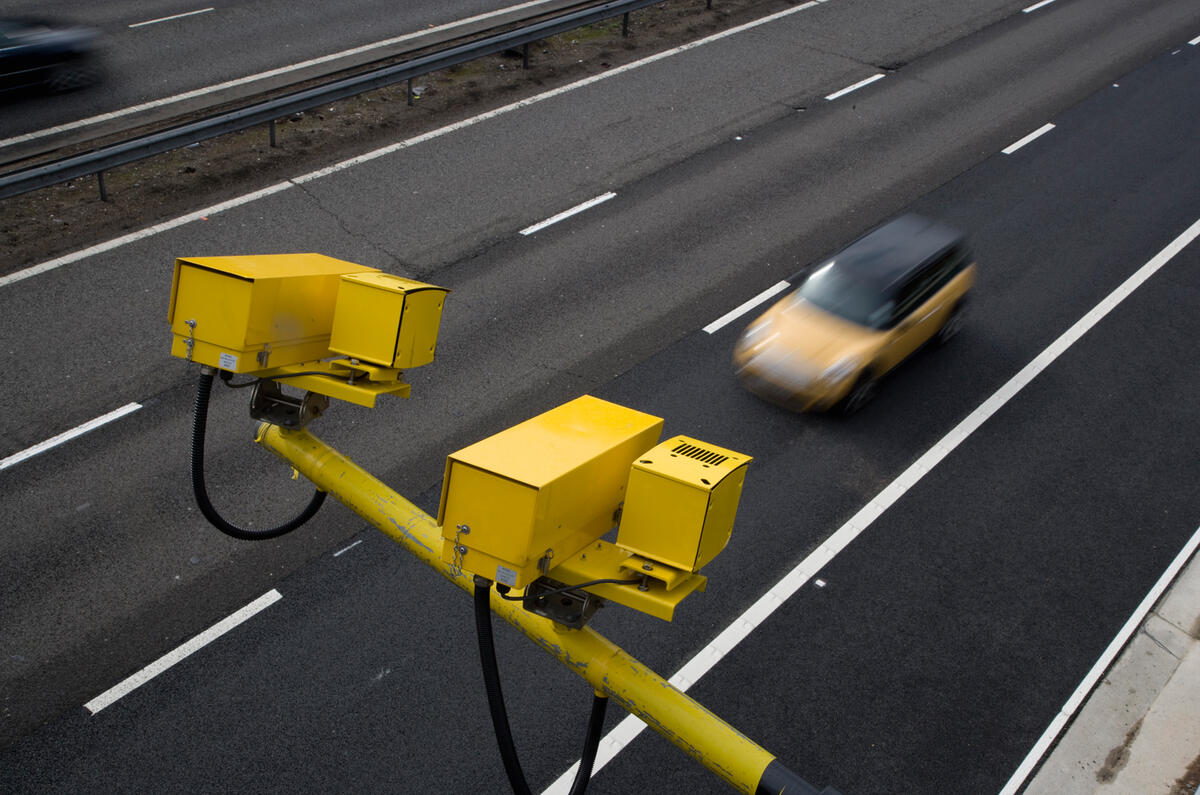
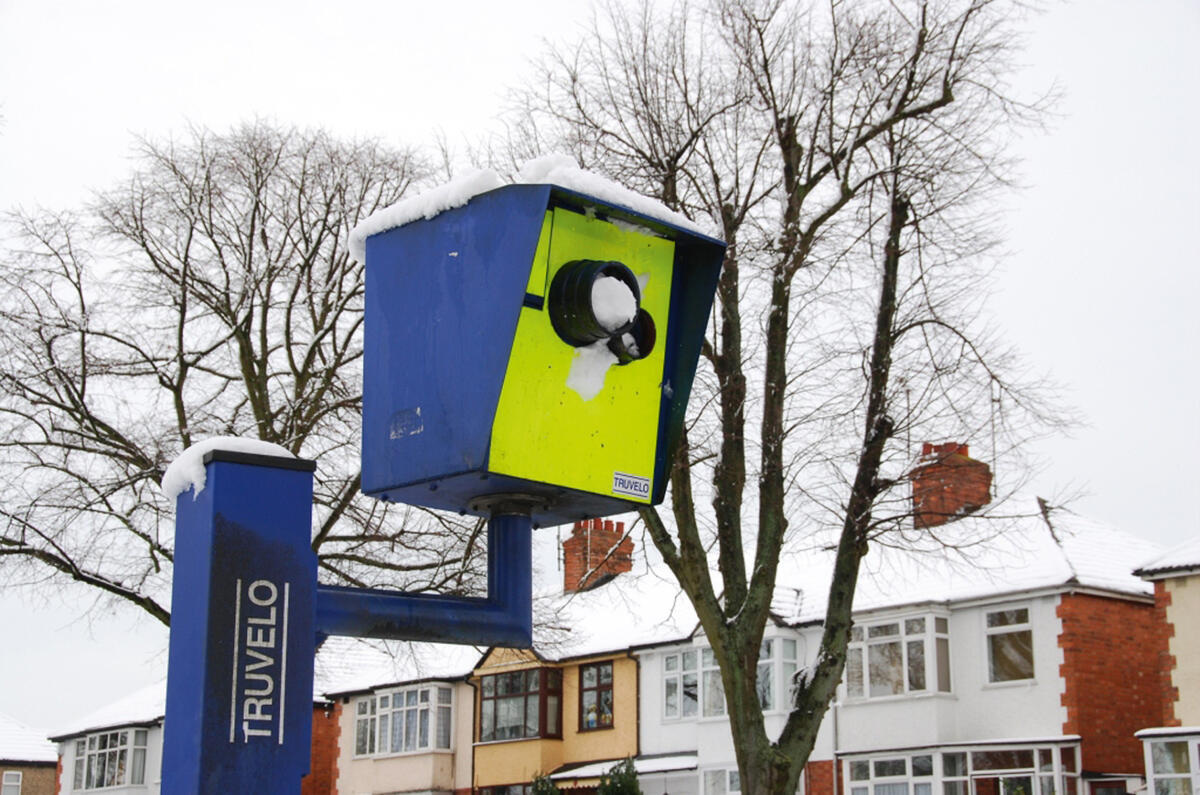








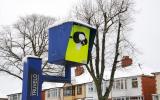
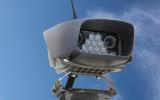
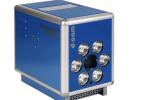
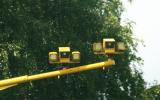






Join the debate
Add your comment
IF.....?
Peter Cavellini wrote:If
Hopefully by then I will have hung up my car keys...
School zone speed limits
Will they ever be removed? Of course not.
i have also noticed that -